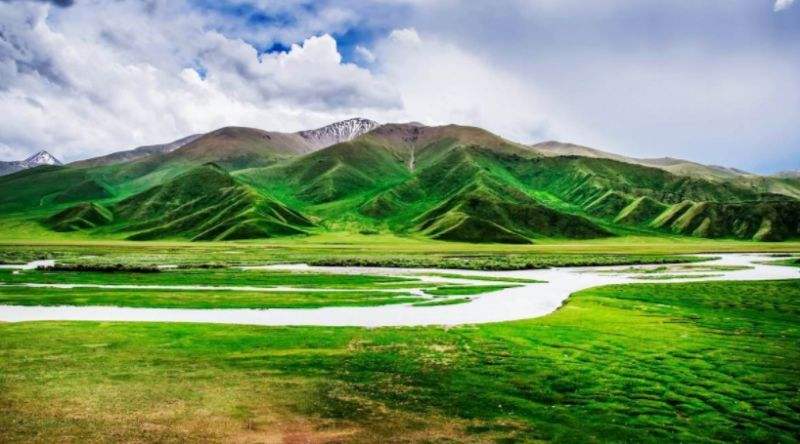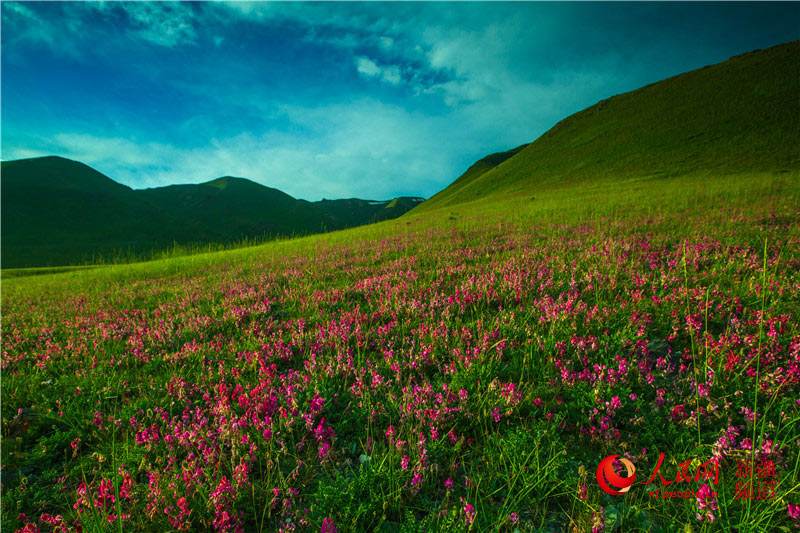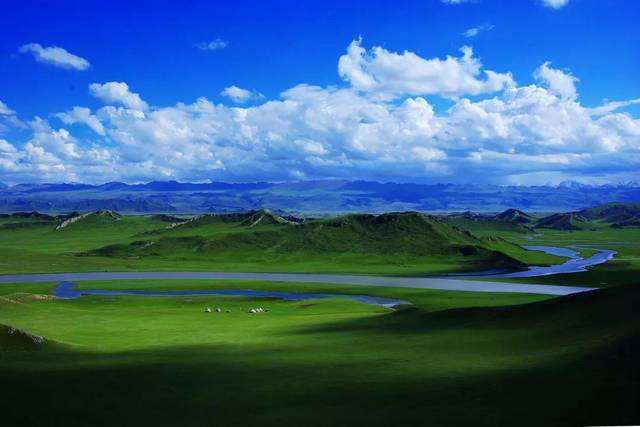Singing with the Grassland
2 min readThe grassland is a road to home. When I arrived at the Hoboksar Grassland, my body and mind said farewell to the long-time tiredness. I felt so refreshing when I encountered with tobshur.

Hoboksar is a name that sounds rhythmic and forceful. Herdsmen said that both hobok and sar were Mongolian language respectively meaning sika deer and horseback, so Hoboksar means a sika deer on a horseback. I don’t know if it is a dream that the local people want to realize. Maybe long ago, sika deer did live in here. The Mongolians living in Hoboksar are the descendants of the Ubashi Khan of the Turehot tribe who moved from the Volga River Valley. They brought with them the great epic Jangar. In the numerous extremely cold days, a Jangar and a tobshur were their mental food, supporting them in climbing over the mountains and crossing the rivers and finally returned to the bosom of the motherland.

I met the Mongolian man named Bayin at a corner on pasture. When I saw him, he was playing the tobshur and singing alone. We didn’t interrupt him but listened quietly until he sensed someone was there and turned to find us. That was how tobshur came into my eyes. I have always believed that music and instruments serve as a reliable way for finding the memory of the nomadic ethnic groups because they can bring you back to history with language, feelings and ideas.

Tobshur is a Mongolian instrument, which means”something to knock on”. At first glance, it is greatly similar with the kumuz of the Khaklhas and the dombura of the Kazakhs. It is believed to be the descendant of the wooden short-necked plucked instruments of the ancient nomadic ethnic groups in northern China. The similarity of the nomadic ethnic groups is clearly reflected in instruments. Bayin was the eighth generation in his family who could make tobshur which was really a pleasant surprise. The two-stringed instrument enjoys great popularity in many regions in Xinjiang inhabited by the Mongolians, particularly in Hoboksar where it is indispensible for each family.









